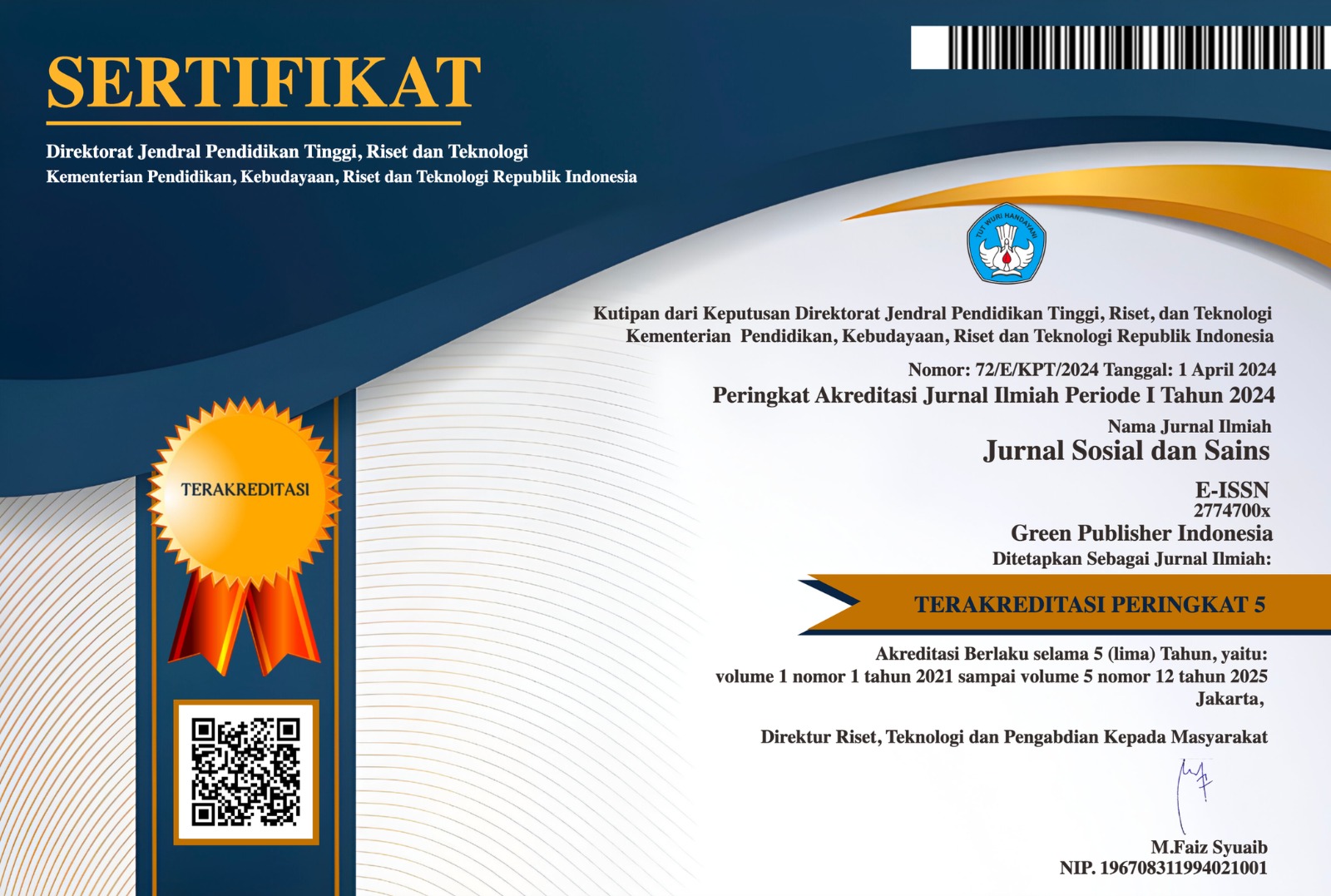Does Target costing Always Drive Production Efficiency? A Case Study of Permata Bakery
DOI:
https://doi.org/10.59188/jurnalsosains.v5i5.32195Keywords:
Target costing, Production cost efficiency, Bakery industry, Costing ImplementationAbstract
Purpose: The aim of this study is to analyze whether the implementation of Target costing consistently enhances production efficiency, using Permata Bakery as a case study. Research Methodology: A qualitative research approach is used to obtain a comprehensive understanding of the costing methods implemented. Data collection is carried out through semi-structured interviews and document analysis. involving three key perspectives: management of Permata Bakery, company employees, and competitors from similar industries. Result: The findings suggest that implementing Target costing at Permata Bakery resulted in higher production costs when compared to the Traditional costing methods. However, rather than purely serving as a cost-reduction tool, Target costing provided valuable insights into cost management and strategic decision-making. Permata Bakery prioritized maintaining product quality and long-term customer relationships, which necessitated higher investment despite the potential for cost savings. This research underscores that while Target costing aims to enhance cost efficiency, its effectiveness depends on its alignment with broader business objectives. Companies must balance cost control with quality assurance and competitive positioning. Contribution: This study contributes to the discussion on costing strategies in the Bakery industry by demonstrating that Target costing does not universally lead to lower costs but can serve as a framework for informed operational and strategic decisions. The findings are specific to Permata Bakery, and while relevant to similar businesses, they may not be directly applicable to all industries. Additional research is recommended to investigate the effects of Target costing across various business models and industries.
Downloads
Published
How to Cite
Issue
Section
License
Copyright (c) 2025 Surya Prasetya Trihatmaja, M. Muhayin A Sidik

This work is licensed under a Creative Commons Attribution-ShareAlike 4.0 International License.
Authors who publish with this journal agree to the following terms:
- Authors retain copyright and grant the journal right of first publication with the work simultaneously licensed under a Creative Commons Attribution-ShareAlike 4.0 International (CC-BY-SA). that allows others to share the work with an acknowledgement of the work's authorship and initial publication in this journal.
- Authors are able to enter into separate, additional contractual arrangements for the non-exclusive distribution of the journal's published version of the work (e.g., post it to an institutional repository or publish it in a book), with an acknowledgement of its initial publication in this journal.
- Authors are permitted and encouraged to post their work online (e.g., in institutional repositories or on their website) prior to and during the submission process, as it can lead to productive exchanges, as well as earlier and greater citation of published work.








